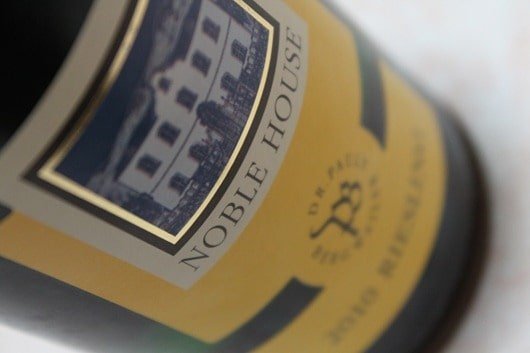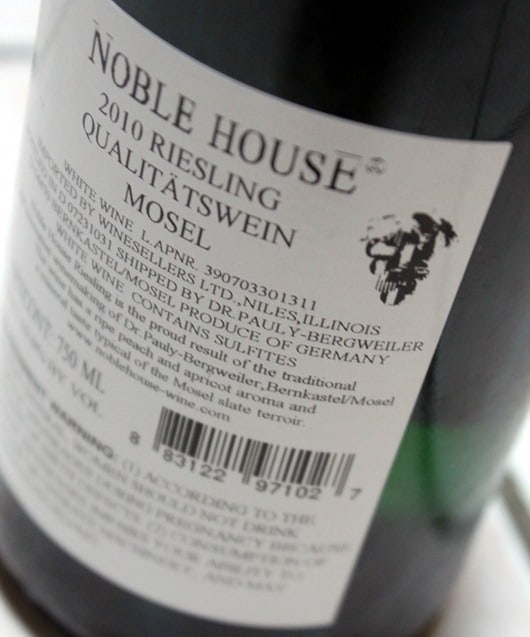Grape
100% Riesling
Facts
-
If German Riesling conjures up images of Blue Nuns and Black Katz, you’re forgiven!
I’ve been saying for quite some time now that Riesling is one of the most misunderstood grapes there is; but sometimes it’s like banging your head against a brick wall!
The perception of the “average” consumer is that all Rieslings are sugar-water, in the form of wine. But who can blame them!?!? The market is dominated by thin, watery, sugar-infused juice, which bears little resemblance to what the grape is capable of accomplishing (at least given half-the chance).
-
Let it be known that if you ask any half-decent Sommelier to recommend “the most versatile white wine for food pairing”, dry Riesling should be their answer (or at least one of them)!
-
The winemaking family history of Dr. Pauly Bergweiler, (or “Dr. Pauly B” if you want to make him sound like a Hip Hop artist), can be traced back to the 16th century in the Mosel.
-
Riesling is certainly the grape of Germany; but what about red grapes?
With the climate being so cold, the red options are kind of limited! In order to survive, the grape needs to have a thin-skin to enable easier ripening. For this reason, Pinot Noir is the most widely planted red grape in all of Germany, but plantings are still very limited.
-
Check out the Dr. Pauly Bergweiler website.
Place
-
The Mosel is arguably Germany’s most famous, oldest, and finest wine growing region. The specialty of the Mosel is Riesling that is typically higher in acid, and lower in sugar than the majority of other Rieslings coming out of Germany.
-
The Mosel region was formerly named Mosel-Saar-Ruwer, but was split into individual Mosel, Saar, and Ruwertal appellations in 2007, in order to give each region its own distinction.
-
The best vineyards in the Mosel face south and are sited on extremely steep slopes (see photo above); this in order to soak up every drop of available sunlight. So steep and treacherous are these slopes that mechanical harvesting is impossible, and vineyards workers must be at times required to pick grapes from the comfort of a rock-climbers’ rope and harness.
-
Sometimes just looking at the shape of a bottle can give you a clue as to its contents. The traditional Mosel wine bottle is tall, thin, and green.
-
Mosel wines rarely contain more than 10% alcohol.
-
The Mosel has an extremely distinctive slate-based soil, so distinct in-fact that it is thought to impart a slate and mineral taste to the wines. This slate is heavily prized as it retains the warmth from the sun throughout the night. When the slate rock inevitably slides down the steep hillsides, in order to preserve the vineyards, workers must carry the rock back up to the top! Rather them than me!!!
Taste
Shows bright apricot, peach and a little tangerine on the nose. Taste leans more toward pear and green apple rind, wet stone and mineral. Light in body, bright and lively, crisp and dry, but still with enough residual sugar to keep sweet Riesling lovers happy. Lingers nicely, and definitely delivers above the cost!
Pairing
Throw all types of spicy food at the Dr. P Riesling, and with 10% alcohol, it will have no problem taking it all in its stride!
Price
$12.99 imported by Wine Sellers





